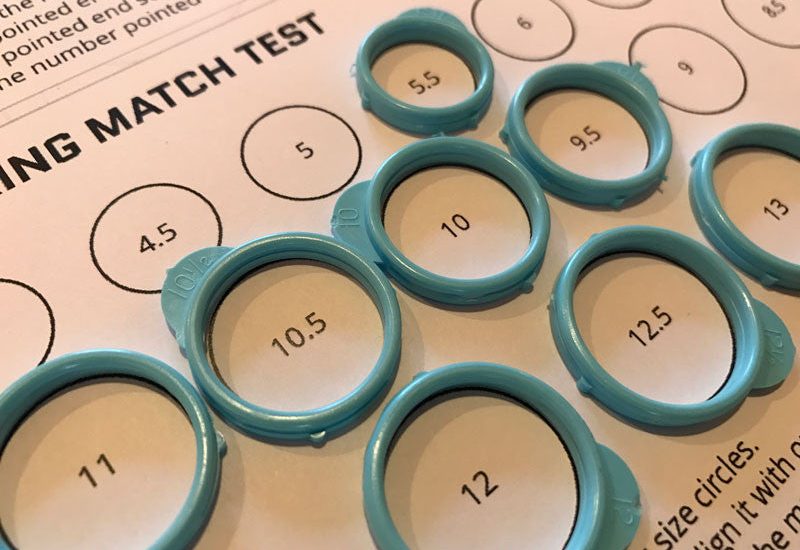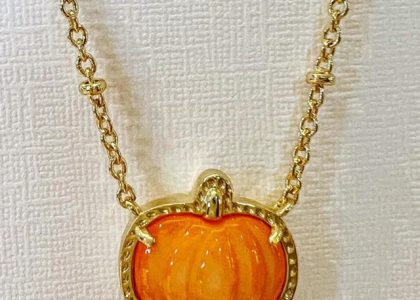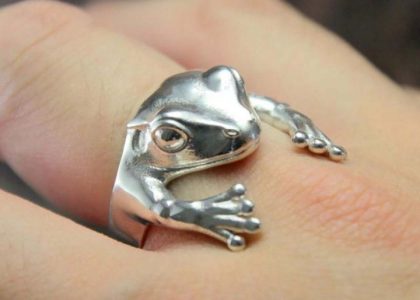Understanding Ring Sizing
The Importance of Accurate Ring Measurement
How to measure ring size?Determining the correct ring size is essential for both comfort and security. A well-fitting ring should slide over the knuckle with ease and rest snugly on the finger to prevent it from spinning or sliding off. Ill-fitting rings can cause discomfort, and in some cases, can even lead to loss or damage of the ring. As such, accurate ring measurement is not just a matter of size but also of preserving the ring’s integrity and the wearer’s peace of mind.
Different Ring Size Standards Explained
Globally, there are various ring size standards that jewelers use, including the United States (US), the United Kingdom (UK), Europe (EU), and Asia. These systems may measure ring sizes by diameter, circumference, or even alphabetical letters. While the US and Canada typically utilize numerical sizes with half and quarter measurements, other countries like the UK use alphabetical sizing. It’s important to be aware of these differences, especially when purchasing rings from international vendors or when sizing charts are provided.
DIY Ring Sizing at Home
Using String or Paper to Measure Finger Size
How to measure ring size?One of the simplest methods to measure your ring size at home involves using a piece of string or a thin strip of paper. Wrap the string or paper around the base of the finger, marking where it overlaps to form a complete circle. Then, lay the string or paper flat and measure the length in millimeters with a ruler. This measurement corresponds to the circumference of the finger, which can be converted to a ring size using a sizing chart.
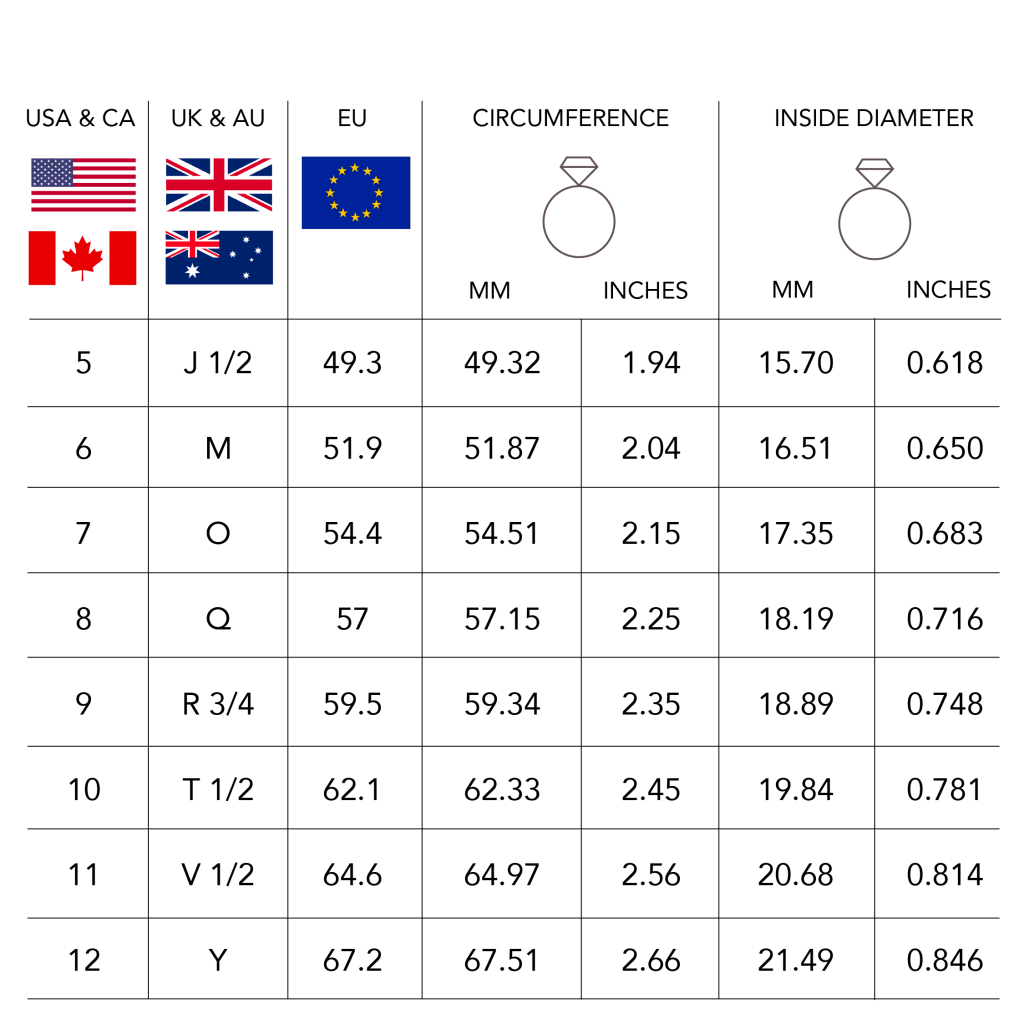
Printable Ring Sizers and Their Use
Another convenient and accurate approach is to use a printable ring sizer available on many jewelry websites. These sizers often come with clear instructions and provide a cost-free option for measuring one’s ring size. To use a printable sizer, simply cut out the sizer, wrap it around the finger, and adjust the fit according to the indicated markings. Ensure that the sizer can slide on and off comfortably over the knuckle without being too loose or too tight.
Professional Ring Sizing Methods
Visiting a Local Jeweler for Sizing
For the most precise measurement, a visit to a professional jeweler is advisable. Jewelers use specialized sizing tools like a ring mandrel—a tapered rod marked with ring sizes—and a set of ring sizers, which are essentially a range of metal rings in different sizes. Trying on these sizers will provide an accurate fit, and the jeweler will be able to recommend the best size for your finger.
Advantages of Having a Professional Measure Your Ring Size
Having a professional measure your ring size offers several advantages beyond accuracy. They can provide personalized advice, taking into account factors such as the width of the band and seasonal changes in finger size. Jewelers are also skilled in measuring for unique ring styles that may fit differently, and their expertise can ensure that the selected ring size will be comfortable for daily wear.
Factors That Affect Ring Size
Understanding How Finger Size Can Change
It’s important to recognize that finger size is not static; it can fluctuate due to various factors including temperature, humidity, water retention, weight fluctuations, and even the time of day. Ideally, measure your finger at room temperature towards the end of the day, when they are likely to be at their largest due to normal swelling.
Selecting a Size for Comfort and Utility
When choosing a ring size, consider both comfort and the ring’s utility. The goal is to find a size that accommodates natural fluctuations without slipping off or cutting off circulation. Some people prefer a tighter fit to prevent the ring from tumbling, while others favor a looser size for easy removal. Balance is key, and it’s sometimes necessary to strike a middle ground between the two preferences for a perfect fit.

Tips for Measuring Ring Size for Others
Surprising a Loved One with a Ring
If you’re planning to surprise a loved one with a ring, discreetly measuring their ring size can be a challenge. Borrow one of their current rings that fits the correct finger and take it to a jeweler for sizing. If that’s not possible, enlist a friend or family member to subtly find out their size, or compare their fingers to yours as a reference point for an approximation.
When Exact Measurement Is Not Possible
In cases where obtaining an exact measurement is not possible, opt for a standard ring size, which for women is usually between size 6 and 7, and for men, sizes 9 to 10.5. Additionally, many jewelers offer resizing services, so selecting a ring that’s close in size with the intention of resizing can be a practical solution when the precise size is uncertain.
Maintenance and Adjustment of Rings
Periodically Checking Your Ring Size
Because finger sizes can change over time, it’s wise to periodically reassess your ring size, especially if there’s been a notable change in weight or health. Rings that have become too tight or too loose should be resized by a professional jeweler to avoid discomfort or loss.
Resizing Services and Considerations
Jewelers offer resizing services which typically involve cutting the band and either adding or removing material to adjust the size. It’s important to consider the style of the ring, as some designs, such as those with stones all the way around, may not be suitable for resizing. Furthermore, repeat resizing can weaken a ring over time, so it’s best to avoid frequent adjustments.
In summary, accurately measuring ring size is vital for both comfort and the longevity of a piece of jewelry. Whether opting for a DIY method or seeking the assistance of a professional, it is key to consider various factors that may affect finger size. For those looking to surprise others with the gift of a ring, there are strategies to estimate size when it cannot be measured directly. Understanding that finger size can change and that rings may require periodic adjustments is also crucial. With the right approach and knowledge, ensuring a perfect ring fit is achievable, enhancing the enjoyment of this timeless adornment.
Preserving the Perfect Fit Over Time
Regularly Reassessing Ring Size for Life Changes
Life’s many changes, such as aging, lifestyle, and even climate, can influence our ring sizes. It is sensible to re-evaluate ring size periodically, especially after significant life events like pregnancy, weight loss, or gain, and during any long-term medical treatments that could affect one’s physique. Adjustments may be needed to ensure that favorite rings continue to fit securely and comfortably.
Handling Resizing with Care and Caution
If resizing becomes necessary, it’s important to approach the process with care. Some materials, such as tungsten or titanium, are difficult or even impossible to resize, meaning one should always consult with a jeweler before purchasing these types of rings. The jeweler can explain the potential for future resizing or alternatives such as exchange policies if the ring no longer fits.
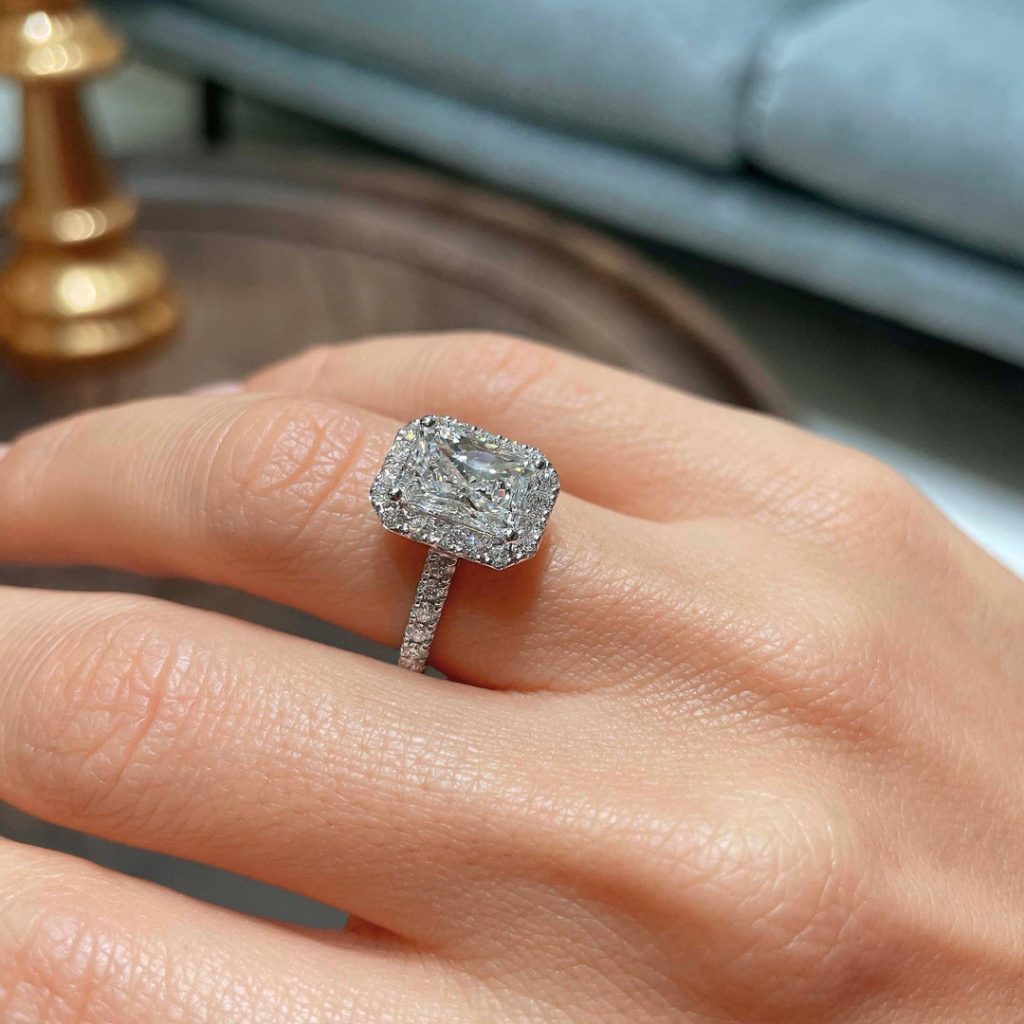
Making Informed Jewelry Decisions
Educating Yourself on Ring Materials and Styles
When selecting rings, understanding the properties of different materials and styles can inform your sizing choices. For example, wider bands often require a larger size due to the amount of space they cover on the finger. Additionally, knowing the quirks of certain materials, such as how tungsten rings cannot be resized, can prevent future fitting issues.
Considering Future Resizing When Choosing a Ring
If you think you might need resizing in the future, choosing a ring with a simpler design, such as a plain band with no gemstones, can save potential headaches. Rings with a continuous pattern or diamonds around the full circumference can be particularly challenging to resize without disrupting the pattern or setting.

